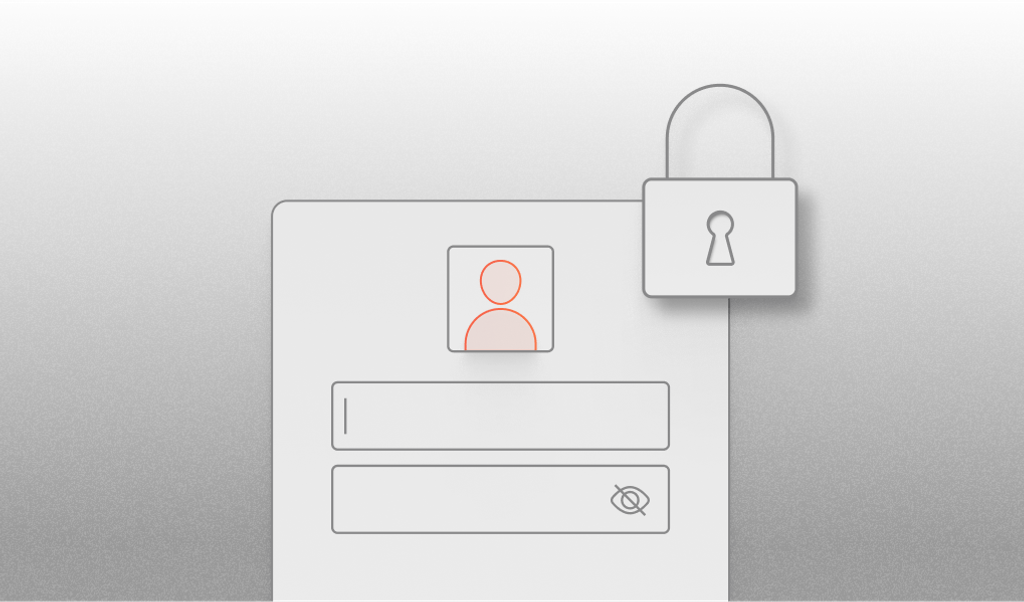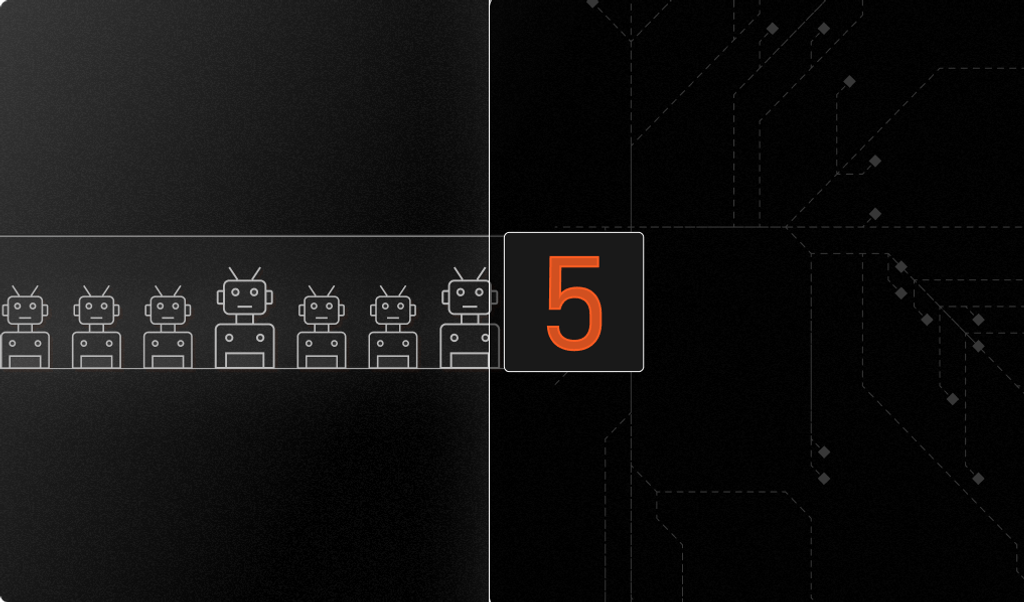
Internet accessibility and the rise in smartphone use have spurred financial technology advancements. But as welcome as the increased convenience, speed, and service personalization that process automation is, the increased digitization made it easier for bad actors to commit financial fraud.
Americans agree fraud has hit a crisis level, with criminals using gift cards, cryptocurrency, and peer-to-peer (P2P) payment apps to steal billions of dollars yearly. Besides the losses tied to payment fraud, left unchecked, these crimes erode trust and undermine confidence, compounding the need for fraud prevention before it happens.
How can you protect your business and your customers? Financial fraud detection software can be a step in the right direction. We’ll examine what to consider and highlight some leading software options.
What Is Financial Fraud Detection Software?
Financial fraud detection software compiles and monitors transactions and customer behavior data. Then, using advanced methods, the program determines what’s atypical of standard, normal, or expected activity that might indicate fraud attempts. Upon identifying precursors to fraud, the software ends the suspicious activity.
Features To Look for in Financial Fraud Detection Software
Financial fraud solutions leverage several features, primarily advanced analytics, machine learning, and behavior monitoring. Let’s look at a few of the most critical features for optimal efficiency and reliability.
Real-time Monitoring and Alerts
Besides knowing how to identify fraud, you need a system that can set up real-time fraud monitoring and alerts to detect fraud as it happens or shortly after it occurs and intercept the transaction immediately.
Otherwise, you would rely solely on post-transaction analysis — and it might be too late to stop a suspicious transaction.
Real-time monitoring involves continuously analyzing user behavior, transactions, or data and is often used along with other fraud anomaly detection initiatives like machine learning and device fingerprinting.
An excellent example of this feature is the alerts most credit card issuers allow users to set in the event of an international purchase, unusually large purchase amounts (amounting to much more than you normally spend in a single transaction), or if the transaction exceeds a set limit. Thanks to continued monitoring, a program can detect potentially fraudulent activities and send an alert, requiring human confirmation before the transaction is approved.
Advanced Analytics and Machine Learning
Advanced analytics use complex machine learning algorithms and models to sift through large volumes of data and identify potential fraud indicators.
It creates user profiles and compiles their typical behavior based on statistical data obtained after analyzing large volumes of transaction data. Then, if it detects any unusual behavior, it flags it as potentially fraudulent and ends the transaction.
Here’s an example: Say a transaction takes place from a different IP address not typically associated with a specific user. The software would identify that as unusual behavior based on the user’s transaction data and block the transaction.
The thing is, fraudsters are highly adaptive, constantly inventing new, more sophisticated methods. But using machine learning and advanced analytics, the software looks at the context and the relationships behind transactions for proactive detection and prevention of complex and evolving fraud attempts.
Customizable Rules and Risk Scoring
Customizable risk rules supplement your risk profile, enabling you to address risks specific to your business. Software with this feature uses artificial intelligence backed by machine learning algorithms to learn and adapt to new fraud patterns and suggest new risk rules for your particular risk challenge.
You can use customizable rules to influence a transaction’s risk score since customization allows you to play with scores and thresholds. So, for example, you might set the rules to a specific payment method and currency to increase the risk score or transactions exceeding a certain amount.
Multilayered Detection Techniques
You need a system that allows the use of multiple fraud detection tools to adequately prevent access to sensitive data and unauthorized transactions across all channels end-to-end.
The truth is no single fraud detection technique can prevent fraud.
For example, you might employ biometric authentication, where the system compares a shopper’s stored fingerprint, voice, or facial recognition to the cardholder's. But, at the same time, geolocation, device information, browsing habits, and other passive signals can bolster efforts to detect inconsistent user information, unusual account behavior, device anomalies, and other fraud indicators.
You could also add two-factor authentication, where a user must enter some information, typically a code sent to their email address or phone, or even document verification, where the system compares the data a user provides with their stored details to verify their identity.
User-friendly Dashboard and Reporting Tools
Your software’s dashboard should be intuitive enough for even your non-technical users to understand. The standard functions should be in one menu, not buried in several menus, and the program should be free of rigid hierarchies.
And while alerts prompt relevant security teams to conduct further investigation, reporting tools provide insight into the extent and nature of fraud incidents that help build cases against fraudsters.
If a software lacks reporting tools, a crucial step gets omitted.
This omitted step means fraudsters could go unnoticed or unchallenged. This results in delays in manual investigations and responses, systematic fraud (because the fraudsters feel confident they won’t get caught), and the high costs of losses that stem from these instances. A lack of reporting tools would also hinder governments’ efforts to include known fraudsters in their watchlist.
Financial Fraud Detection Software: 7 Picks for Safeguarding Your Assets
There’s an endless list of financial fraud detection software, but in this article, we guide you through our top seven picks and why they made it to our list:
1. Fingerprint
Fingerprint is a device intelligence platform with superior visitor identifier technology that helps companies accurately determine users' true intentions in real time without affecting usability. It’s extremely accurate: Fingerprint offers highly accurate device intelligence, making it the superior software for financial fraud detection.
The software’s sophisticated visitor identification helps identify fraudsters in your online store by assigning them a stable visitor identifier. That helps detect and block fraudsters from attempting to steal personal identification information (PII), spot visitors using stolen or fake identities, and stop transactions from stolen cards.
E-commerce platforms can integrate Fingerprint into their website and payment to prevent fraudulent purchases, gift card abuse, promo abuse, account takeover by malicious users, and costly card-not-present (CNP)-related chargebacks.
Fingerprint can also help prevent phishing attacks, brute-force attacks, credential stuffing, and other account takeover fraud. It’s no wonder Fintech companies trust the software to identify anonymous users, combat payment fraud, prevent account takeover, and conduct Know Your Customer (KYC) checks.
BNPL companies can increase approval rates, streamline checkout and onboarding, minimize fraud and credit loss, and build their data lakes with more than 70 advanced device signals.
With Fingerprint, you also have access to:
- Device fingerprinting
- Continuous monitoring
- Mobile app traffic intelligence
- Third-party Integrations
2. Kount
Kount provides fraud detection technology that ensures safe and secure interactions to help businesses face uncertainties headstrong and grow safely and confidently. Its solutions are specifically designed for e-commerce, with an emphasis on CNP transactions.
This tool can detect fraud, prevent chargebacks, and reduce false positives. It also screens customers, helps prevent suspicious new account openings, and keeps customer accounts safe. The tool’s compliance feature helps businesses identify known individuals on government watchlists. You can use it to avoid e-commerce fraud by blocking illegitimate transactions.
Kount also helps you understand your consumers, enabling you to improve customer experiences without increasing risk.
The software’s key features include:
- Customizable rules
- Risk scoring
- Layered protection
- Integration
3. Signifyd
Signifyd is a payment optimization platform that provides businesses with intelligence reporting to combat fraud. Its highly automated solutions geared for high-volume transactions make it suited for merchants.
It addresses fraud challenges at all the key conversion points across the e-commerce shopper’s journey. Global e-commerce retailers can proactively detect and block fraud attempts while streamlining their legitimate customers.
Signifyd account protection promotes secure login-to-checkout, which helps defend customer accounts. Merchants can use the platform to prevent large-scale account takeover attacks.
Some of its key features include:
- Chargeback recovery
- Automated risk decisioning
- Risk analysis
- Dynamic exemption management
4. SEON
SEON offers full-feature data enrichment with a modular API approach that gives you the flexibility to use exactly what you want. Small businesses can benefit from this tool as its strength lies in its ability to address specific needs.
It has email, mobile, and IP analysis modules. You can gather comprehensive social media lookups with data from over 50 media sites and apps and confirm the validity of numbers and addresses. You can also promptly detect and block suspicious web connections with its proxy detection and ISP and open port analysis.
The software can monitor transactions, which helps detect suspicious behavior, block unauthorized account access, stop fraudulent transactions, and combat money laundering. It can also monitor registration, helping prevent online fraud at account creation.
Here are some of SEON’s key features:
- Personalized risk scores and rules
- Digital and social media lookup
- Behavior analytics
- Device fingerprinting
5. Sift
Sift prides itself on a trust and safety platform with patented technology to reveal and manage fraudulent operations. Brands of any industry in any region can use this tool to protect themselves from every type of fraud.
Sift helps simplify payment fraud management. You can detect and stop potentially fraudulent transactions, block the transfer of funds, and proactively protect all transactions in your business.
Sift’s account defense empowers businesses to proactively detect and block account takeovers before they can happen. You can make faster, more accurate decisions with Sift’s pre-built, curated connectors, which provide access to first-class fraud tools.
- Pre-built connectors
- Decision engine
- Global data network
- Flexible integration
6. RSA Archer
Archer provides integrated risk management solutions applicable across the management of all risk data to supercharge risk management by enhancing visibility. The software’s accountability and visibility across multiple functions makes it suitable for businesses with an extended third-party ecosystem.
Archer’s audit management solutions afford control over audit processes, improved end-to-end collaboration, and more proactive management of your business. You can use it to improve the efficiency and scope of your audits and lower external audit fees.
Archer’s business resilience solutions help improve responsiveness during crises. In the event of an emerging threat, it can help you respond swiftly to ensure continuity and recovery, avoiding disruption.
Some of Arche’s key features include:
- Real-time monitoring
- Risk scoring
- Customization
- Integration
7. ThreatMetrix
ThreatMetrix provides data analytics that helps companies gain actionable insights, empowering well-informed decisions concerning fraud risk management.
The tool’s comprehensive yet granular view of customer identity verification helps quickly prevent existing and emerging fraud threats. The software’s fraud and identity insights can help you interact with consumers across all channels without exposing either party to fraud risk.
ThreatMetrix also provides a complete view of users' identities. With a 360-degree view, you can focus on your valuable customers and deflect fraud attempts without disrupting legitimate transactions.
Omnichannel customer interactions present opportunities for fraudsters. But with this tool, you can fortify interactions without negatively impacting customer experience.
Here are some of ThreatMetrix’s key features:
- Integration
- Risk scoring
- Real-time monitoring
Elevate Your Financial Security With Fingerprint
With increasingly sophisticated methods available to fraudsters, no business is fully immune from financial fraud. However, an effective and reliable fraud detection solution can help. To do that efficiently, you need software that leverages advanced analysis and machine learning, real-time monitoring, multilayered detection techniques, customizable rules, and risk scoring. Any of these software is a good place to start.
However, if you need something more, try Fingerprint. Powered by the most accurate device fingerprinting technology, Fingerprint can help identify users with industry-leading accuracy, stopping fraudsters and bad bots before they can attack.
FAQ
Some of the top fraud software companies include:
- Fingerprint
- Kount
- Signifyd
- SEON
- Sift
- RSA Archer
- ThreatMetrix



